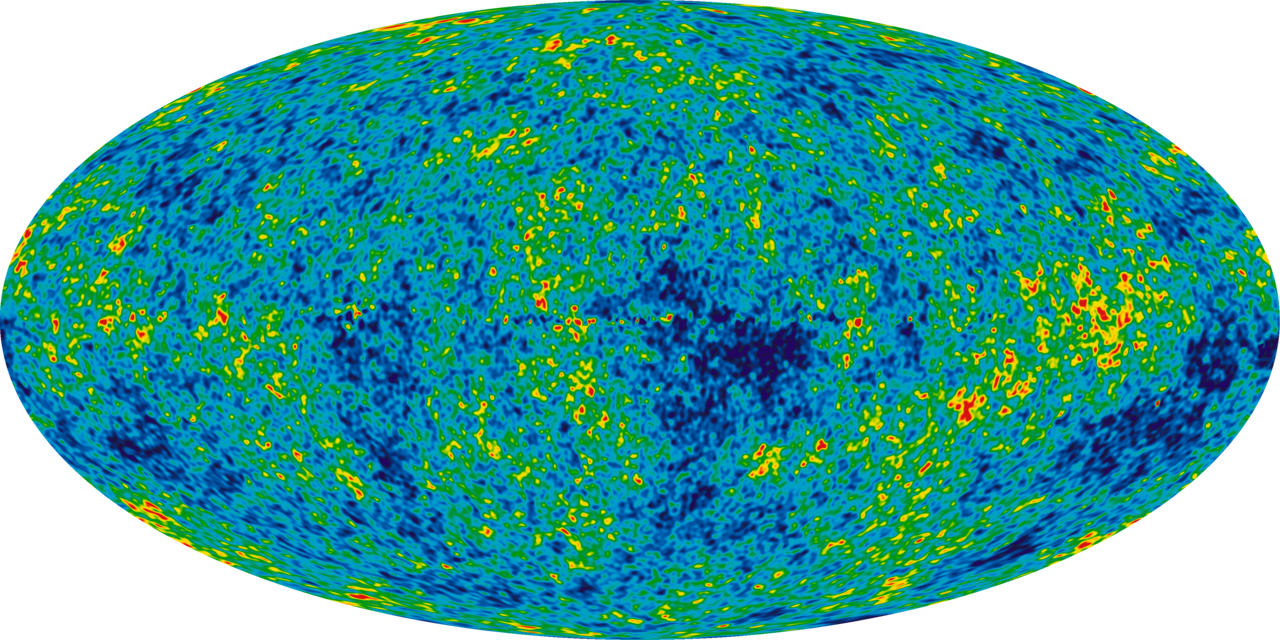Gravitational waves are a new tool for researching the universe astronomers observe the most distant objects. To find things that happened a long time ago.
Gravitational waves can tell about things that happen behind a black hole's event horizons, but they can also use to detect black holes. If a black hole's transition disk is weak.
Or if its distance is very long. It's possible that X- and Gamma ray radiation. That comes from the black hole disappearing in X- and Gamma-ray background.
Galaxy GN-z11 is the most distant galaxy that we ever saw in history. The distance to that galaxy is 38 billion light years. So we see what happened in that galaxy 38 billion years ago.
The reason why researchers are observing extremely distant galaxies is that particles that are traveling across the universe are taking plague to their core. That plague involves information about the universe that the particle touched.
Another reason that those distant galaxies can uncover is the place. Where the Big Bang happened. There is a possibility that at that point is the black hole that stored the information about the Big Bang. If that hypothetical supermassive black hole in the center of the universe is real. This thing would be the biggest event in the history of cosmology,
But even the most distant galaxies will not help us to see the event called the Big Bang. The reason for that is simple. Those galaxies formed after the Big Bang.
But can we find the Big Bang? Or can we get information about that event? There is one little possibility to see the photons or something. That are remnants of the Big Bang.
The theory of the Big Bang goes like this. All visible material and energy in the universe are released in this event.
Theoretically, it is possible. That part of that material and energy formed a black hole. If researchers can find the first black hole. There could be stored photons that involve information about the Big Bang.
The idea of this hypothesis is that the black hole can trap some photons at the point of the event horizon. The time is not moving at that point. So black holes can store information from the Big Bang. But there is one requirement. The black hole must be formed during the Big Bang. Otherwise, it cannot trap the right photons.
When we think about the first photons or information that Big Bang released we cannot see that information because that information travels away from us. The problem with photons is that we cannot see them from backward. We can see photon that travels to us.
But we cannot see photons. That travels in the opposite direction to us. Or we cannot see photon that travels ahead of us. There is a possibility that we can see the photons that are stored in the event horizon of the black hole. The gravitational waves of extremely old black holes can tell many things about the chaotic young universe.
When the universe was very young and hot it was a chaotic mixture of photons, electrons, and other elementary particles. Then there was formed the central. That central could be a black hole that formed. The first whirl in the chaotic universe in which the temperature was extremely high. The whirl created the sub-whirls in the chaotic quantum-gluon plasma. And maybe those whirls formed material.
https://scitechdaily.com/revealing-the-start-of-time-itself-ripples-in-the-fabric-of-the-universe-may-peer-back-to-the-beginning-of-everything-we-know/
https://en.wikipedia.org/wiki/GN-z11
https://shorttextsofoldscholars.blogspot.com/




No comments:
Post a Comment
Note: Only a member of this blog may post a comment.